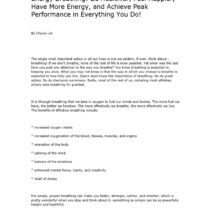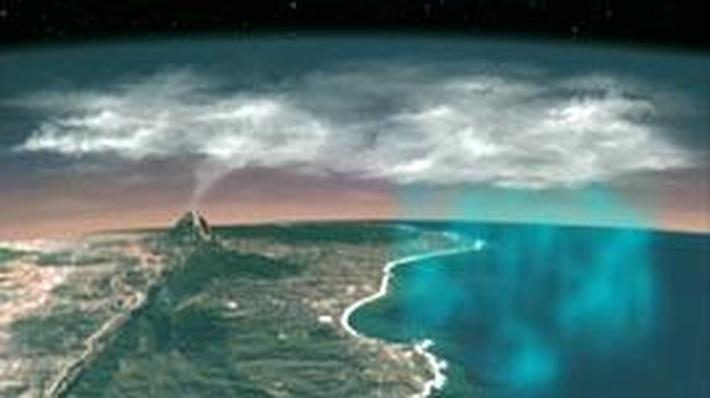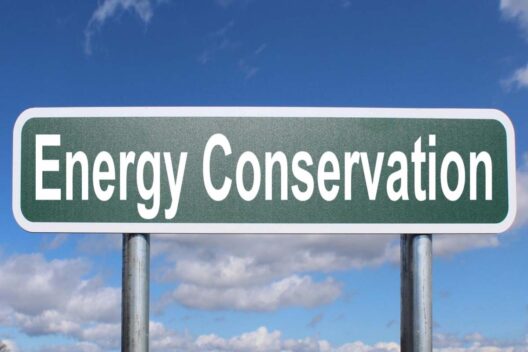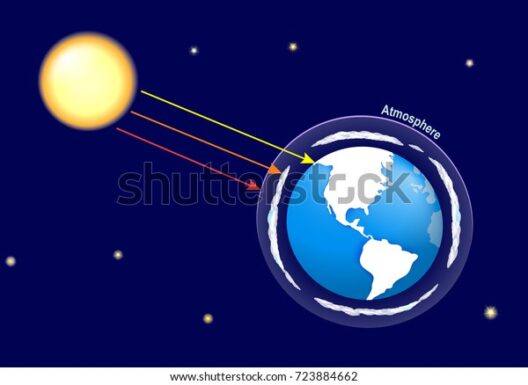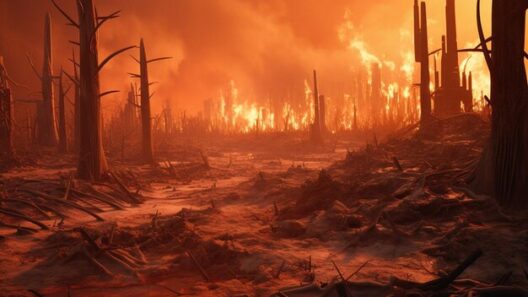The phenomenon of global warming has captivated scientists and the public alike, invoking a sense of urgency as we confront its implications. Central to this topic is the greenhouse effect, an intricate process that plays a pivotal role in regulating Earth’s temperature. Understanding the mechanics behind the greenhouse effect not only illuminates the causes of global climate change but also emphasizes the need for decisive action.
The Greenhouse Effect: A Natural Process
When we think of the greenhouse effect, we often conjure images of lush gardens flourishing under sunlight. In a metaphorical sense, Earth functions similarly—it’s enveloped by a protective blanket of gases that traps heat. This phenomenon begins with solar radiation. The Earth receives sunlight, which is primarily made up of visible light, ultraviolet light, and infrared radiation. Approximately 30% of this solar energy is reflected back into space by clouds, atmospheric gases, and surface features such as ice, water, and vegetation.
The remainder of this solar energy is absorbed by the Earth’s surface, which, after warming up, re-emits this energy as infrared radiation. Herein lies the crux of the greenhouse effect. Certain gases in the atmosphere, notably carbon dioxide (CO2), methane (CH4), nitrous oxide (N2O), and water vapor, exhibit a fascinating property: they can absorb some of this outgoing infrared radiation. This absorption process is critical because it prevents the heat from dissipating back into space too quickly.
A delicate balance exists; without greenhouse gases, Earth could be a frigid wasteland, with average surface temperatures plunging to around -18°C (0°F). The greenhouse effect naturally warms the planet to a more hospitable average of approximately 15°C (59°F).
Enhanced Greenhouse Effect: Human Contributions
The intrigue surrounding global warming intensifies when we consider human activities. Since the onset of the Industrial Revolution, an unprecedented surge in greenhouse gas emissions has been observed. Activities such as burning fossil fuels, deforestation, and industrial processes have released vast quantities of CO2 and other greenhouse gases into the atmosphere.
This anthropogenic contribution does not merely augment the natural greenhouse effect; it amplifies it. The concentration of CO2 has increased by over 40% since the late 18th century, culminating in levels higher than what Earth has experienced for millions of years. Such changes disturb the delicate equilibrium that has sustained life for eons.
The implications of an enhanced greenhouse effect are profound and multifaceted. With more greenhouse gases present in our atmosphere, more heat is trapped, which leads to a rise in global temperatures. This warming can catalyze a range of hazardous outcomes: the melting of polar ice caps, the escalation of extreme weather events, rising sea levels, and shifts in agricultural productivity, to name a few.
Feedback Loops: The Compounding Effects
One of the most disconcerting aspects of climate change is the presence of feedback loops that can magnify the impacts of warming. Feedback mechanisms occur when the effects of climate change trigger processes that, in turn, contribute to further warming. One notable example is the thawing of permafrost in Arctic regions.
When permafrost, which has trapped vast quantities of methane—an exceptionally potent greenhouse gas—begins to thaw, this methane is released into the atmosphere. The result is a further increase in atmospheric temperature, accelerating the depletion of permafrost. This cycle is reciprocally reinforcing: rising temperatures lead to more methane release, which in turn leads to even higher temperatures.
Another alarming feedback loop involves the albedo effect. Albedo measures how much sunlight is reflected by a surface. Ice and snow reflect most of the sun’s rays, maintaining cooler temperatures. However, as global temperatures rise and polar ice melts, darker ocean water or land surfaces are exposed. These surfaces absorb more heat, leading to further warming and additional ice melt—a cycle that exacerbates climate change.
The Social and Ecological Consequences
As the science surrounding global warming becomes increasingly apparent, the debate transcends scientific circles and enters the realm of ethical responsibility. The repercussions of a shifting climate disproportionately affect vulnerable populations—those often least responsible for greenhouse gas emissions. In developing nations, where resources are scarce, communities face unfathomable challenges caused by severe droughts, flooding, and unpredictable weather patterns.
Furthermore, biodiversity is jeopardized by the changing climate, disrupting ecosystems and prompting shifts in species distributions. As habitats transform, myriad species face extinction. The loss of biodiversity not only undermines the ecological balance but also poses threats to human health and food security.
In Conclusion: The Urgency of Action
The science behind global warming and the greenhouse effect reveals a complex interplay of natural processes and human influences. As we peel back the layers of this phenomenon, it becomes evident that the elegant mechanisms governing our climate are now strained by human activity. Addressing the challenge of global warming requires collective action, a solidarity rooted in understanding and urgency.
It is essential to not only appreciate the scientific principles at play but also to advocate for sustainable practices, green technologies, and policy changes that curtail greenhouse gas emissions. Only through concerted effort and commitment can we hope to restore balance and safeguard the planet for future inhabitants. The time for action is upon us; understanding how global warming works is the first step toward meaningful change.
